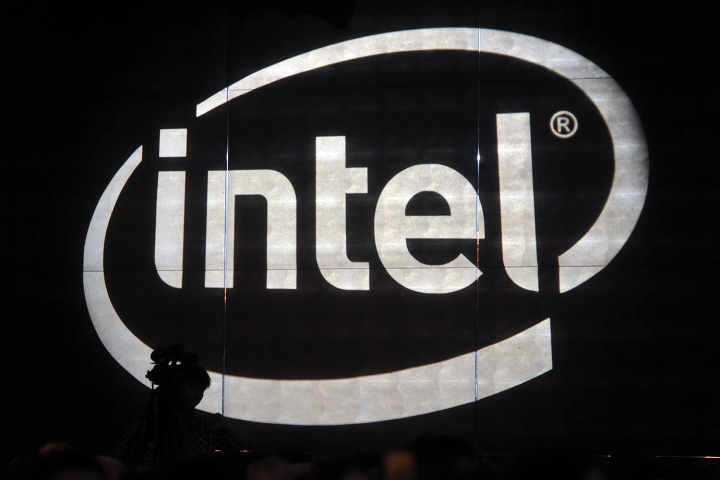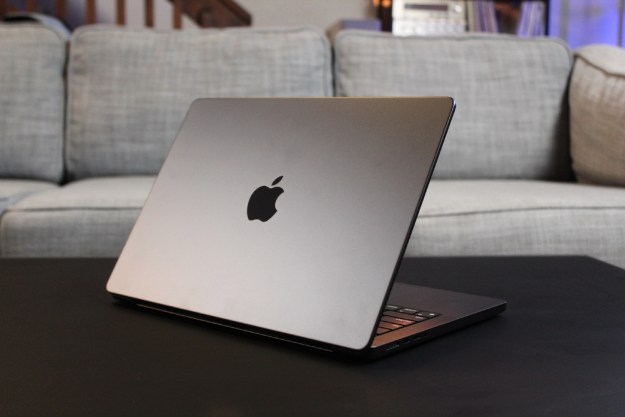
Intel will be showing how its latest innovations will help shape experiences in computing, artificial intelligence, 5G, and more during its press conference at CES 2019 in Las Vegas at 4 p.m. today.
More CES 2019 coverage
- Our CES 2019 Hub: The latest news, hands-on reviews, and more
- HP’s new Chromebook 14 comes with AMD inside, instead of Intel
- Acer Swift 7 dazzles with near-borderless touch display, weighs under two pounds
“Intel technology is the foundation for many of the world’s most important innovations and advances,” the company said in a statement. “At CES 2019, Intel will highlight the future of computing and explore advancements … designed to unlock human potential.”
To watch the press conference live, interested viewers can navigate to the Intel Newsroom site during that time to view the video feed. The feed will also be embedded in this post once it becomes available. In a media advisory, the chipmaker said that Intel Vice President Gregory Bryant from the Client Computing Group and Executive Vice President Navin Shenoy from the Data Center Group, will be the main presenters.
Intel will also have a booth at the show to showcase some of the many technologies that it is working on. Last year, Intel showed off 5G, autonomous driving, virtual reality, augmented reality, and artificial intelligence demos in its booth, as the company focused on how data affected human lives. This year, the theme is how Intel’s technology is helping to drive the “smart, connected data-centric world.”
Intel partners and computer makers like Dell, HP, Lenovo, and others will also be at CES. And we’ll be there to cover how Intel technologies are powering new computer designs, ranging from desktops to laptops and everything in between.
Most recently, Intel announced a new social good partnership with the National Geographic Society and the Leonardo DiCaprio Foundation that leverages the power of Intel’s TrailGuard A.I. work in a camera system built to combat poaching in the wild. The camera uses Intel’s Movidius Vision Processing Unit for object recognition. If humans are detected by the camera in Africa’s wildlife reserves, park rangers are alerted in real-time, so poachers can be stopped before they can kill an endangered animal. Given the theme of Intel’s press conference this year of bringing to light technologies that have a direct impact on the human experiences, the company may use CES as a venue to further showcase its anti-poaching initiative and similar efforts..
Editors' Recommendations
- I’ve used Intel CPUs for years. Here’s why I’m finally switching to AMD
- Here’s a shocking reminder of just how far ahead Intel is in race with AMD
- Intel’s awkward transition year
- Intel’s CPUs just got way more confusing
- How to watch Nvidia’s launch of the RTX 4000 Super today


